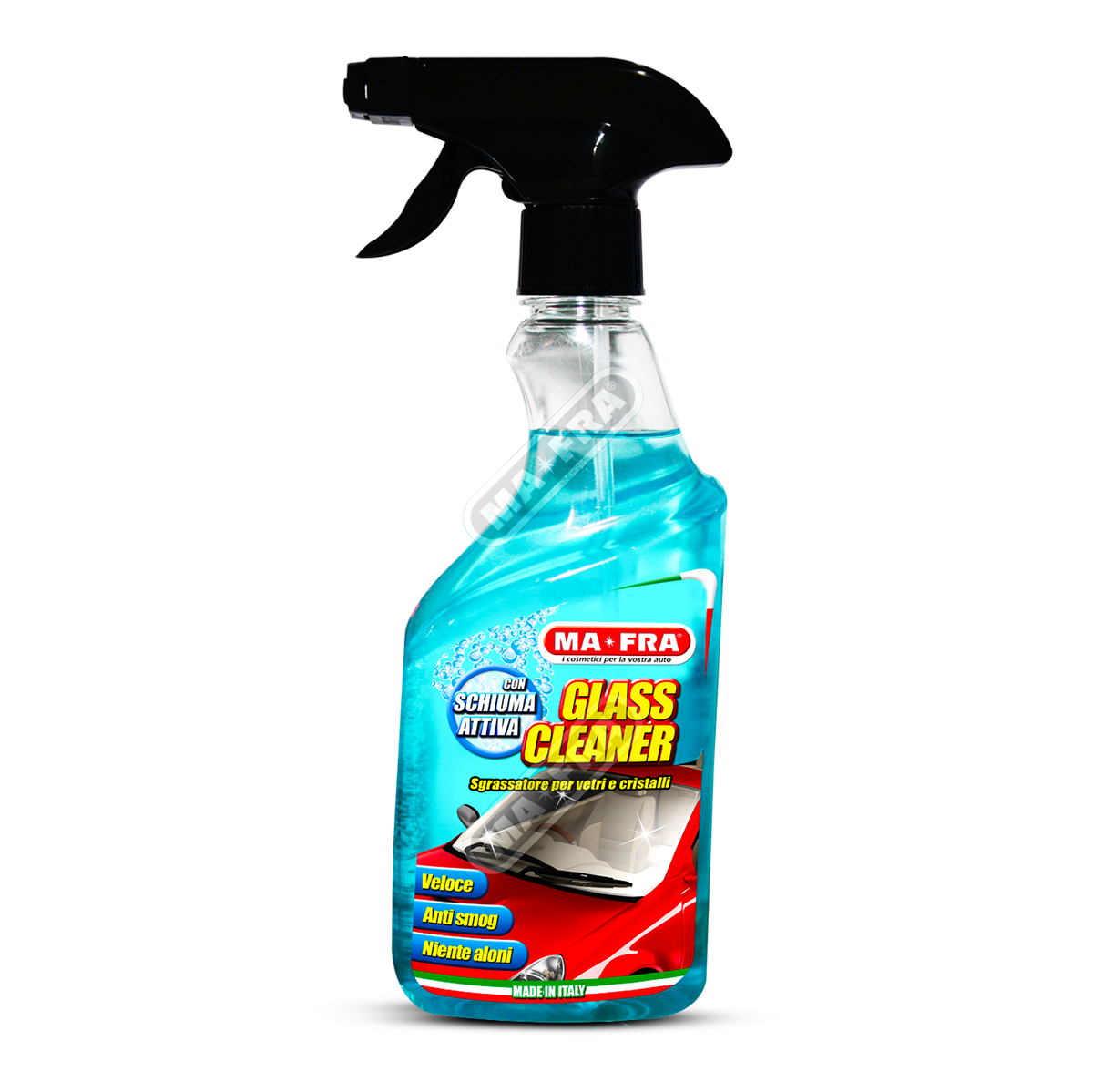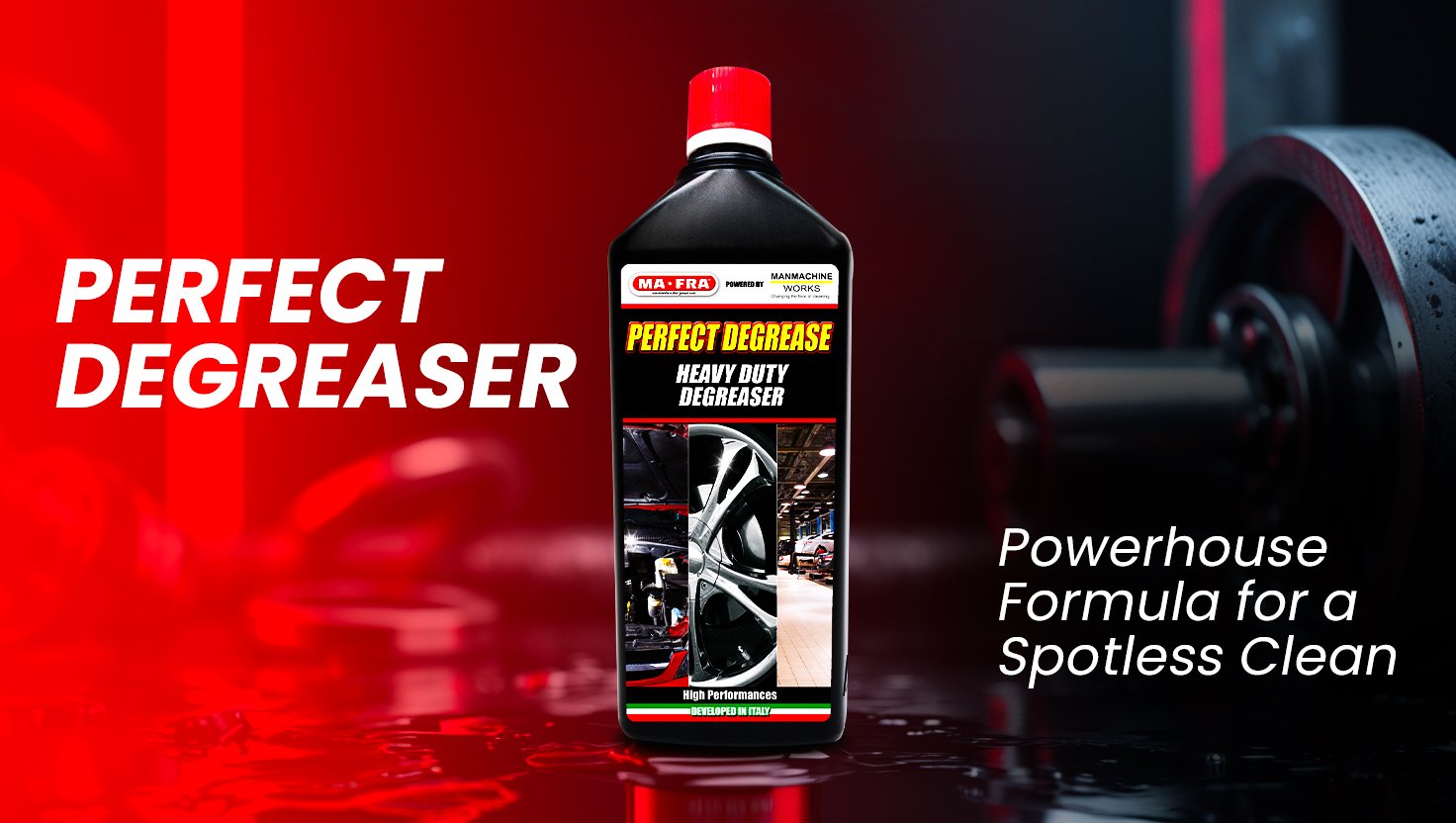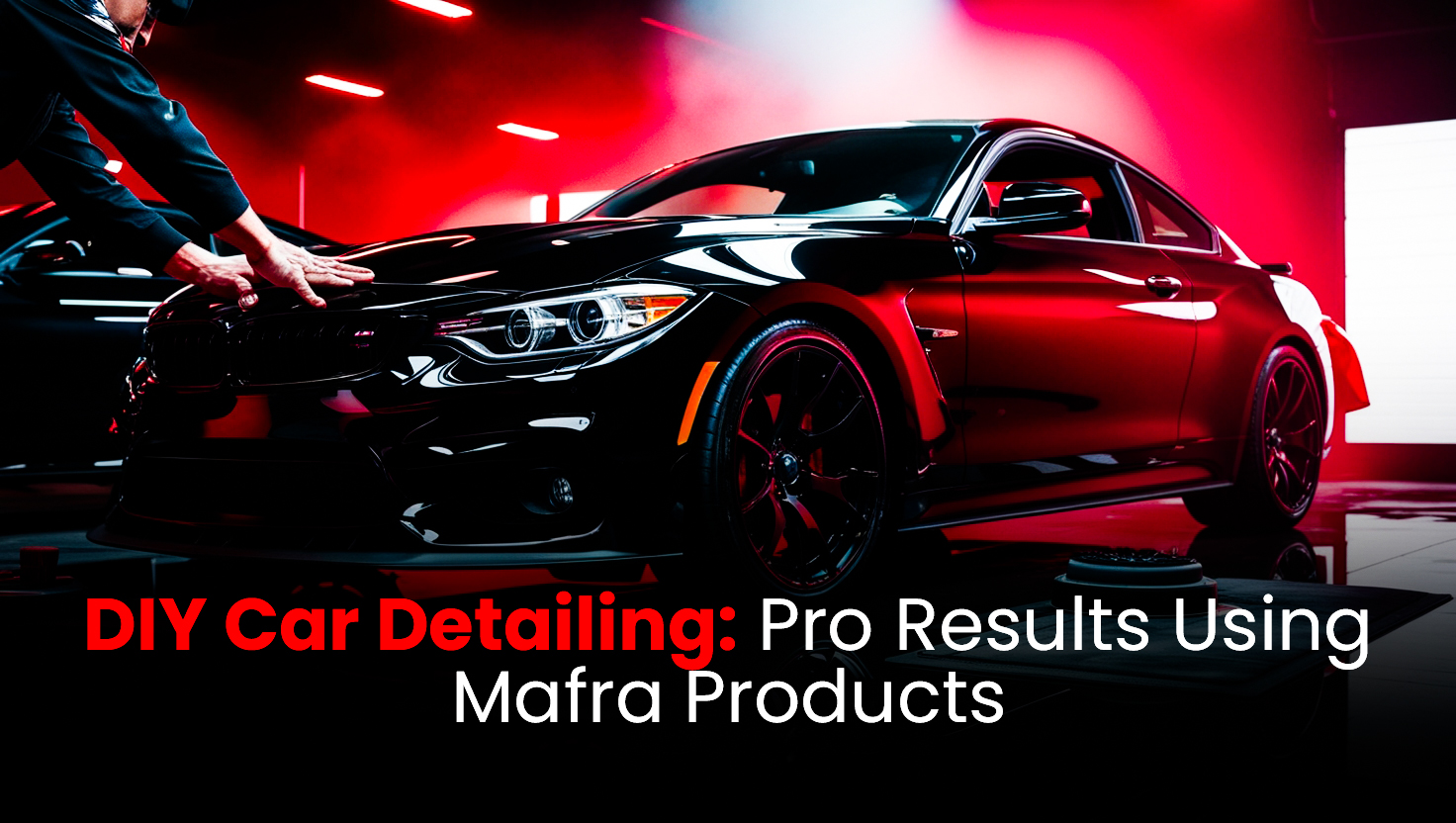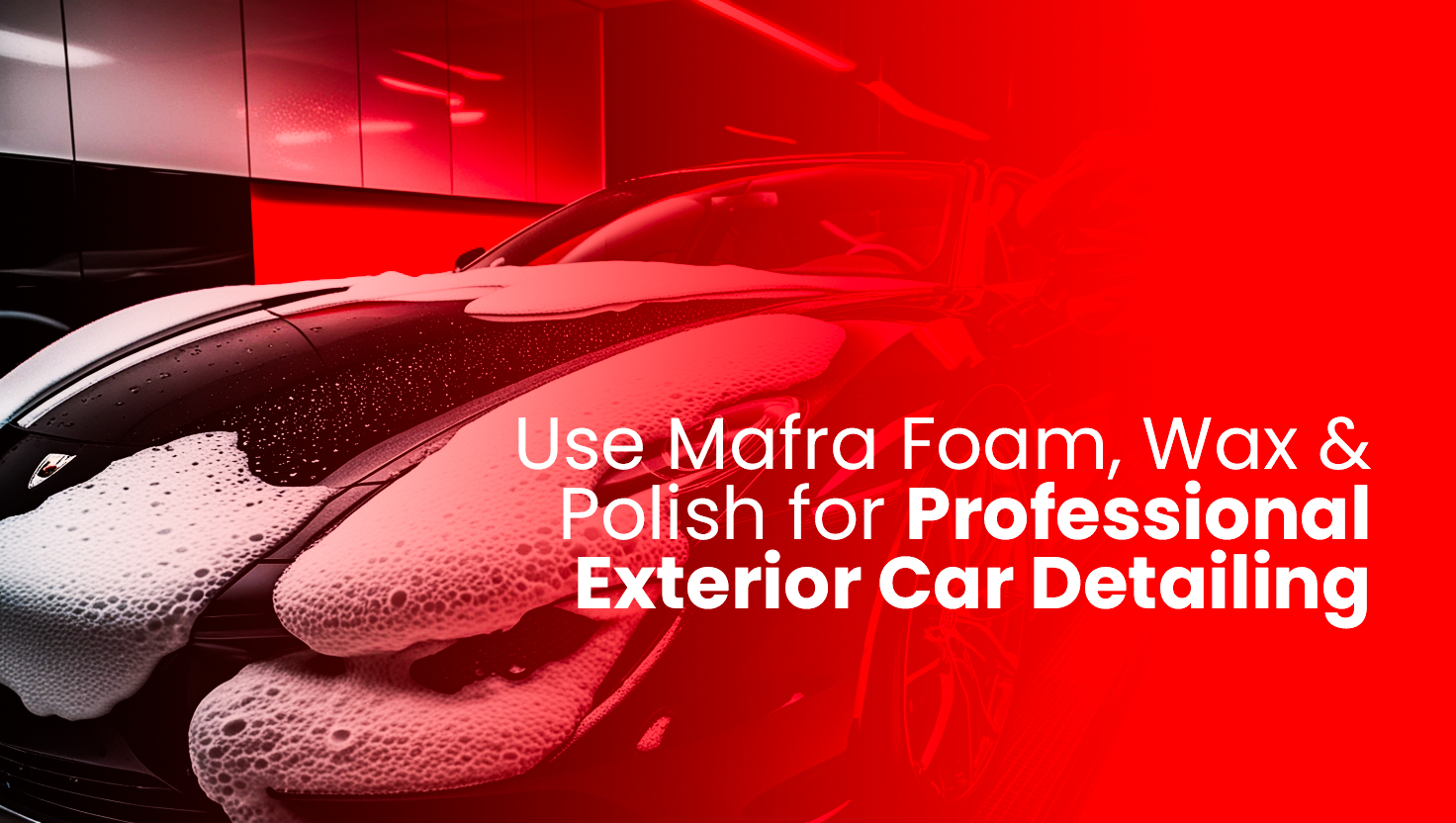Car detailing is more than just a luxury—it’s a transformative process that enhances both the aesthetic and functional value of your vehicle. In this ultimate guide, we’ll delve into everything you need to know about car detailing, from the tools required to advanced techniques, ensuring your car remains in pristine condition inside and out.
What is Car Detailing?
Car detailing refers to the meticulous cleaning, restoration, and finishing of a vehicle, both inside and out, to achieve a showroom-quality appearance. Unlike a standard car wash, detailing involves specialized tools and techniques to thoroughly clean and protect every surface of your vehicle.
The difference between car washing and detailing lies in the attention to detail. A wash might focus on removing surface dirt, while detailing dives deep into cleaning every nook and cranny, restoring faded surfaces, and applying protective treatments.
Benefits of Car Detailing
Detailing isn’t just about looks—it offers numerous benefits:
- Preserves Resale Value: Regular detailing keeps your car looking newer for longer, increasing its resale appeal.
- Enhances Longevity: Protective treatments like wax and ceramic coatings safeguard your paintwork against environmental damage.
- Improves Safety: Clean windows and mirrors ensure better visibility, while a fresh interior creates a healthier environment.
- Boosts Confidence: Driving a clean and polished car enhances your overall experience and confidence.
Types of Car Detailing
Detailing can be categorized into two main types:
Interior Detailing
This involves cleaning and restoring the inside of your vehicle. Common tasks include vacuuming, shampooing carpets, conditioning leather seats, and cleaning air vents.
Exterior Detailing
This focuses on the vehicle’s exterior, including washing, claying, polishing, waxing, and sometimes applying ceramic coatings to protect the paint.
Essential Car Detailing Tools
To achieve professional results, you’ll need the right tools:
- Microfiber cloths
- Dual-action polishers
- Vacuum cleaners with attachments
- Steam cleaners
- Detailing brushes for crevices
- Applicator pads for waxes and sealants
Investing in quality equipment ensures efficiency and protects your car’s surfaces from damage.
Choosing the Right Products
High-quality detailing products can make all the difference. Look for:
- Eco-Friendly Options: Products free of harsh chemicals protect both your car and the environment.
- PH-Balanced Cleaners: These prevent damage to sensitive surfaces.
- Specialized Formulas: Choose products designed for specific tasks, like leather conditioners or glass cleaners.
Interior Detailing Basics
Cleaning Seats and Carpets
Vacuum thoroughly to remove dirt and debris. Follow with shampooing for fabric seats and carpets, or apply leather conditioners to keep leather soft and crack-free.
Removing Stubborn Stains
For tough stains, use a stain remover designed for automotive interiors. Apply sparingly and blot, avoiding aggressive scrubbing that can damage the material.
Odor Elimination Techniques
Odor-eliminating sprays and ozone generators neutralize unpleasant smells, leaving your car interior fresh and inviting.
Exterior Detailing Basics
Exterior detailing starts with a thorough wash to remove grime. Use a clay bar to eliminate embedded contaminants before applying polish to restore the paint’s shine.
Waxing and Sealants
Wax adds a layer of protection against UV rays, water, and debris. Sealants, often longer-lasting, provide an additional barrier against the elements.
Ceramic Coating Benefits
Ceramic coatings offer advanced protection by bonding with the paint, creating a hydrophobic layer that repels water, dirt, and contaminants. This treatment lasts for years and enhances the vehicle’s gloss.
Wheel and Tire Detailing
Detailing your wheels and tires isn’t just about looks; it prevents damage from brake dust and road grime. Use a wheel cleaner and tire shine for a complete, polished appearance.
FAQs
How often should you detail your car?
Every 4-6 months is ideal, though high-use vehicles may benefit from more frequent detailing.
Can you detail a car yourself?
Absolutely! With the right tools and knowledge, DIY detailing can save money and be highly rewarding.
What is the difference between waxing and ceramic coating?
Waxing is temporary and provides a basic level of protection, while ceramic coatings are long-lasting and more durable.
Do eco-friendly detailing products work as well as traditional ones?
Yes, many eco-friendly products match or exceed the performance of conventional options.
Is engine bay cleaning safe?
Yes, when done correctly using minimal water and the appropriate cleaners, engine bay cleaning is safe and effective.
How long does professional detailing take?
A full detail can take anywhere from 4 to 8 hours, depending on the vehicle’s size and condition.
Conclusion
Car detailing is a blend of art and science, transforming your vehicle into a clean, protected, and stunning machine. Whether you choose DIY methods or professional services, regular detailing ensures your car remains a source of pride and enjoyment.
 English
English




.png)




